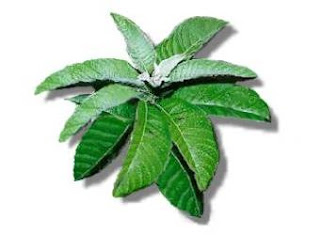 The malunggay plant is known to different parts of the world under various names including, but not limited to, horseradish tree, drumstick tree, and dool in some regions. It is one of the more popular and publicized plant that is acknowledged to have nutritional, as well as, medicinal value. Fortunately, the plant is easily accessible as it can be found not only as part of the wild life, but also in the backyards of many Filipino homes. Malunggay proves to be a low-maintenance plant to grow, and is able to propagate in almost all kinds of soil. Most of the parts of the malunggay had been proven to be useful, both for consumption and for its preparation as a medicinal plant. Its flowers, leaves and young pods are associated and perceived to be important because of the health benefits that it provides.
The malunggay plant is known to different parts of the world under various names including, but not limited to, horseradish tree, drumstick tree, and dool in some regions. It is one of the more popular and publicized plant that is acknowledged to have nutritional, as well as, medicinal value. Fortunately, the plant is easily accessible as it can be found not only as part of the wild life, but also in the backyards of many Filipino homes. Malunggay proves to be a low-maintenance plant to grow, and is able to propagate in almost all kinds of soil. Most of the parts of the malunggay had been proven to be useful, both for consumption and for its preparation as a medicinal plant. Its flowers, leaves and young pods are associated and perceived to be important because of the health benefits that it provides. The malunggay plant, which belongs to the Moringaceae family, can grow as high as nine meters. The bark of this tree has a gummy quality in it, and when peered closely, is comprised of white wood that is soft in nature. It derives one of its names, horseradish, from the taste of its roots. The malunggay leaves, which are used in certain Filipino viands, have a very distinct shape that makes it easily recognizable. They are circular, thin sheets that are attached to a main stalk. The malunggay flowers are white fragrances that produce the pods, which are also used for medicinal purposes.
Health Benefits of Malunggay
As have been mentioned earlier, there are various parts of the malunggay plant which are being used for health reasons. For one, the leaves of this plant proved to be a good source of calcium, iron, ascorbic acid and phosphorus. Its other parts such as the seeds, the young pods, and the flowers have been established to benefit individuals as far as anti-oxidant, anti-diabetic, circulatory stimulations, and such other activities that are most beneficial to mankind, are concerned. There have been claims that malunggay can be used to lower blood pressure, aid in pains caused by rheumatism, headaches and migraines, as well as its being an anti-tumor plant. Malunggay is also used for purgative and anti-fungal purposes, as well. All these prove the claim that this plant is indeed multi-purpose.
There are various ways to derive the benefits from malunggay plant. Aside from the natural and direct means, wherein one is going to prepare the concoctions at home by picking the necessary parts from the plant itself, one can also purchase the commercial extractions of malunggay. There are malunggay capsules that are now available in the market, which contain 250mg dried young leaves of the malunggay plant. In the same way, there are commercial oil extracts of the malunggay flowers which are also in the market. Because of the popularity that has been associated with this plant, commercial establishments have exploited the malunggay’s marketable qualities. For simple preparations however, as when the concoction would be used for uncomplicated ailments like hiccups, as a means to end constipation, or as wound cleanser, one may eat the cooked leaves of the malunggay plant during his last meals of the day. This should be accompanied by water, especially when the ailment to be addressed is constipation. Now, as wound cleanser, the leaves may be crushed and applied to the affected area directly. In all instances, cleanliness should be observed to avoid complications.


